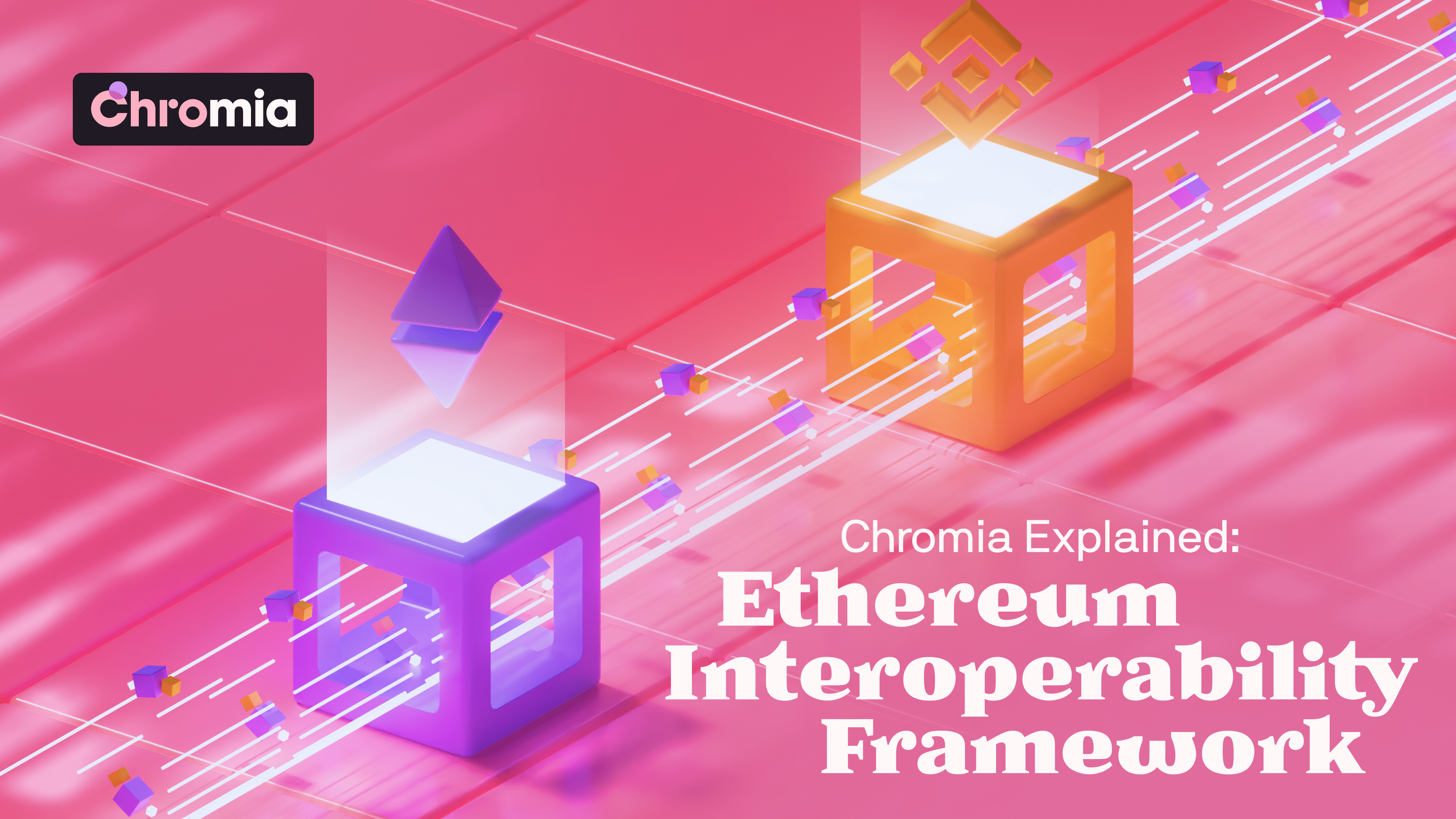If you’ve been participating in our QuestNet activities or interacting with our MVP Mainnet, you’ve probably used our Ethereum Interoperability Framework (EIF) without even noticing it. But what is it, why did we build it, and what does it do? This article is here to explain!
Compatibility vs. Interoperability: What’s the Difference?
Though often used interchangeably, "compatibility" and "interoperability" refer to different concepts:
- Compatibility: This is about the ability of different products within the same system to work together. For instance, an app developed for iOS can be compatible with various iPhone models.
- Interoperability: This involves the ability of different systems to connect and exchange information. For instance, interoperability allows different blockchain networks to communicate and share data, even if they use different underlying technology.
What is the Ethereum Virtual Machine (EVM)?
The Ethereum Virtual Machine (EVM) is a decentralized computing environment that executes code across Ethereum nodes. It is crucial for running smart contracts on the Ethereum blockchain. The EVM:
- Executes smart contracts securely and consistently across the Ethereum network.
- Uses "gas" to measure and allocate computational resources, ensuring efficient network operations.
Due to its widespread use, EVM has become the standard for many other blockchains, which are referred to as EVM-compatible chains. This compatibility allows for similar functionalities across different platforms.
EVM Compatibility
Ethereum and all of its forks, including Binance Chain, Polygon, Optimism, Arbitrum, and several others all use the same virtual machine.
This compatibility facilitates easy switching between chains and the use of the same '0x' address across different networks. It also simplifies the porting of decentralized applications from one EVM-compatible chain to another.
However, this compatibility also comes with limitations: it restricts the ability to innovate or customize blockchain systems significantly, as it builds upon an existing architecture.
Building New Architecture and EVM Interoperability
Chromia employs a distinct architecture compared to Ethereum: This allows it to do things in a fundamentally different way and offer unique features. Some highlights include:
- Relational Blockchain: Chromia uses a relational data model to enhance the efficiency of querying and indexing.
- New Economic Model: Rather than paying gas fees, dapp deployers lease network containers and can create their own revenue streams, enabling users to interact with dapps without transaction fees.
- Modular Framework: Chromia’s network is composed of multiple interconnected chains, each handling specific system functions or dapps, forming a cohesive system.
Given this unique architecture, Chromia requires additional mechanisms to interact with Ethereum and other EVM-based chains. This is where the Ethereum Interoperability Framework (EIF) comes in.
How EIF is Utilized
The Ethereum Interoperability Framework (EIF) facilitates interaction between Chromia and EVM-based chains through several mechanisms:
- Asset Bridging: EIF supports bridging assets like native CHR tokens between Chromia and EVM chains. This involves securely transferring assets while maintaining their value and integrity across different platforms.
- Linked Addresses: EIF uses cryptographic techniques to link addresses on Chromia with their counterparts on EVM chains. This allows for seamless transactions and data exchanges between the two systems.
- Metamask Signing: EIF integrates with Metamask, enabling users to sign transactions and interact with Chromia dapps using their existing Ethereum wallets. This eliminates the need for additional keypair management and simplifies the user experience.
- Sending Data: EIF can transfer arbitrary data and events, including transaction details, staking balances, and price information.
Future Applications
As the Chromia ecosystem continues to evolve, EIF will play an important role. Future applications of the framework may include:
- Additional FT4 Assets: Expanding bridge support to a wider range of assets, promoting liquidity and interoperability.
- Layers for EVM-based NFTs: Providing cross-chain image and metadata storage.
- NFT Bridging: Enabling the migration of EVM based NFTs to Chromia.
- EVM Companion Dapps: Using events on EVM chains to power companion dapps that can offer gas-free transactions.
Conclusion
The Ethereum Interoperability Framework (EIF) is a key component of Chromia’s strategy to connect its unique blockchain architecture with the broader crypto ecosystem. By leveraging EIF, Chromia aims to enhance asset interoperability, streamline user interactions, and pave the way for future innovations in cross-chain technologies. As we continue to grow, we look forward to exploring new possibilities and expanding the scope of what can be achieved via interoperability.
About Chromia
Chromia is a Layer-1 relational blockchain platform that uses a modular framework to empower users and developers with dedicated dapp chains, customizable fee structures, and enhanced digital assets. By fundamentally changing how information is structured on the blockchain, Chromia provides natively queryable data indexed in real-time, challenging the status quo to deliver innovations that will streamline the end-user experience and facilitate new Web3 business models.
Website | Twitter | Telegram | Facebook | Instagram | Youtube | Discord
